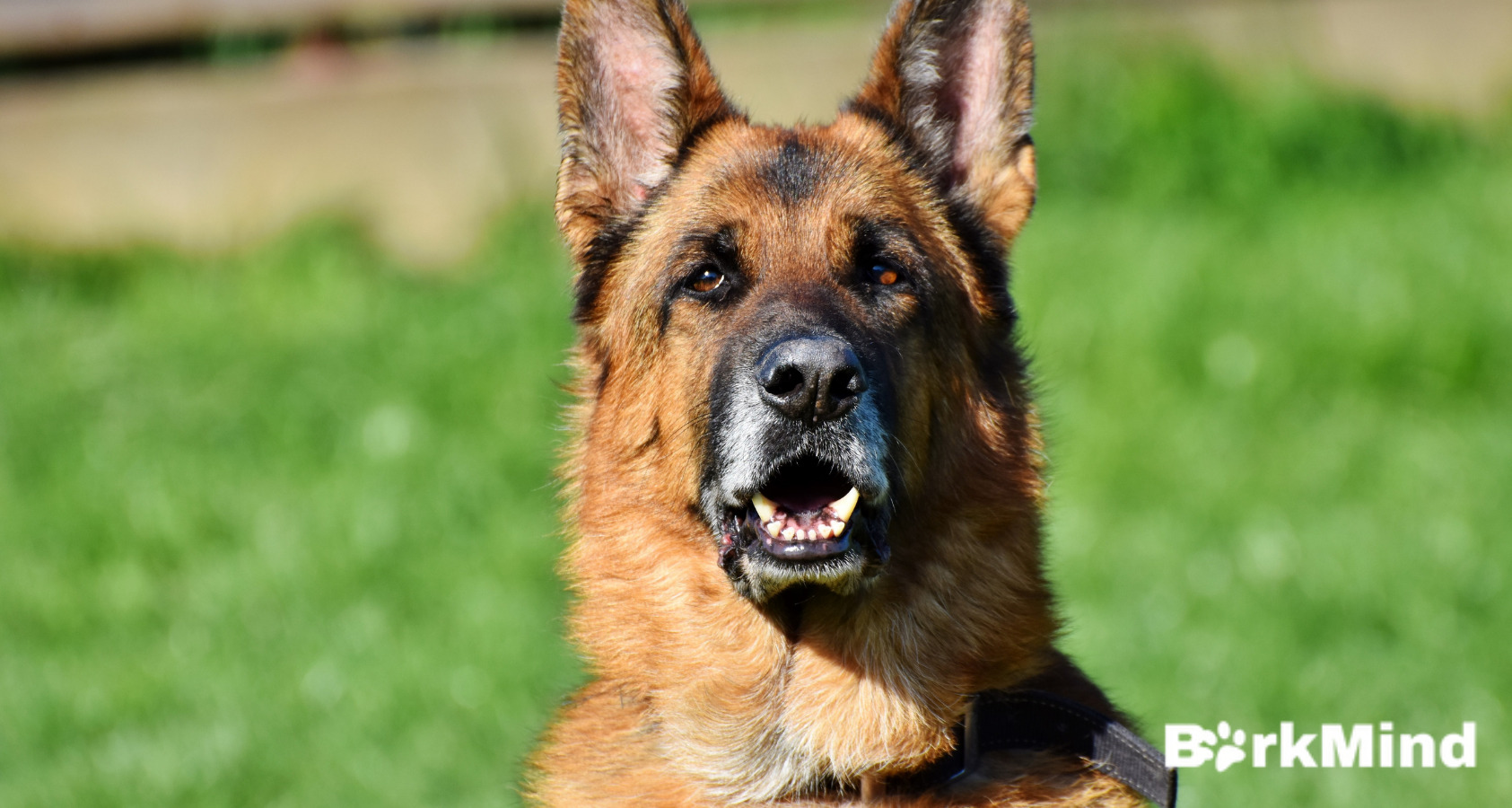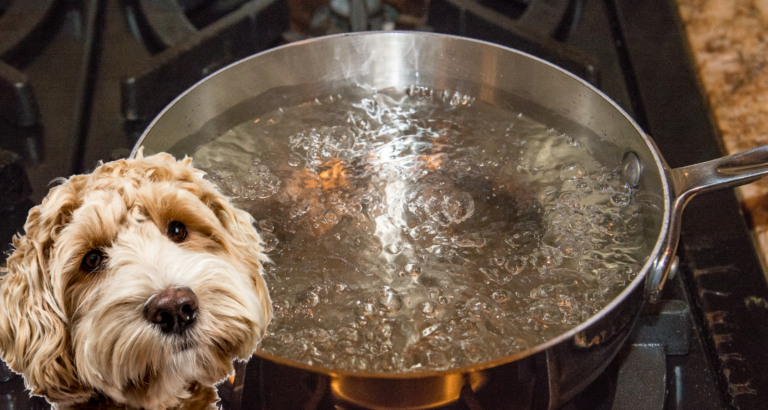Dogs Ear Wax and Ears. What’s the Deal?
Last updated on March 20th, 2023 at 10:00 pm
Reading Time: 9 minutesThis post may contain affiliate links. If you click and buy we may make a commission, at no additional charge to you.
Dog ear wax: What’s the deal?
One of the most common reasons people take their dogs to the vet is ear concerns. And no, not because Charlie the Golden Retriever isn’t hearing (cheeky boy is choosing not to listen!) but because he has smelly, dirty ears. When his owners, or his pets as Charlie would say, take him to the vet, they find out he has an ear infection! Not to worry, though. Most ear infections, when caught early, can be easily treated. But why do they start in the first place?
Typically, ear infections occur due to an excessive buildup of earwax in a dog’s ears, leading to reduced airflow and a moister environment perfect for bacteria and fungus to grow. A healthy amount of earwax is always a good thing, though! Its purpose is to collect dirt, debris, pollen, and dead skin cells to protect the inner ear from harm. Healthy earwax should be a pale yellowish color and only consist of a light layer in the dog’s ear. It is essential to regularly check your dogs’ ears to ensure that the ear wax hasn’t turned color or built up excessively. If it has, it’s time to start cleaning!
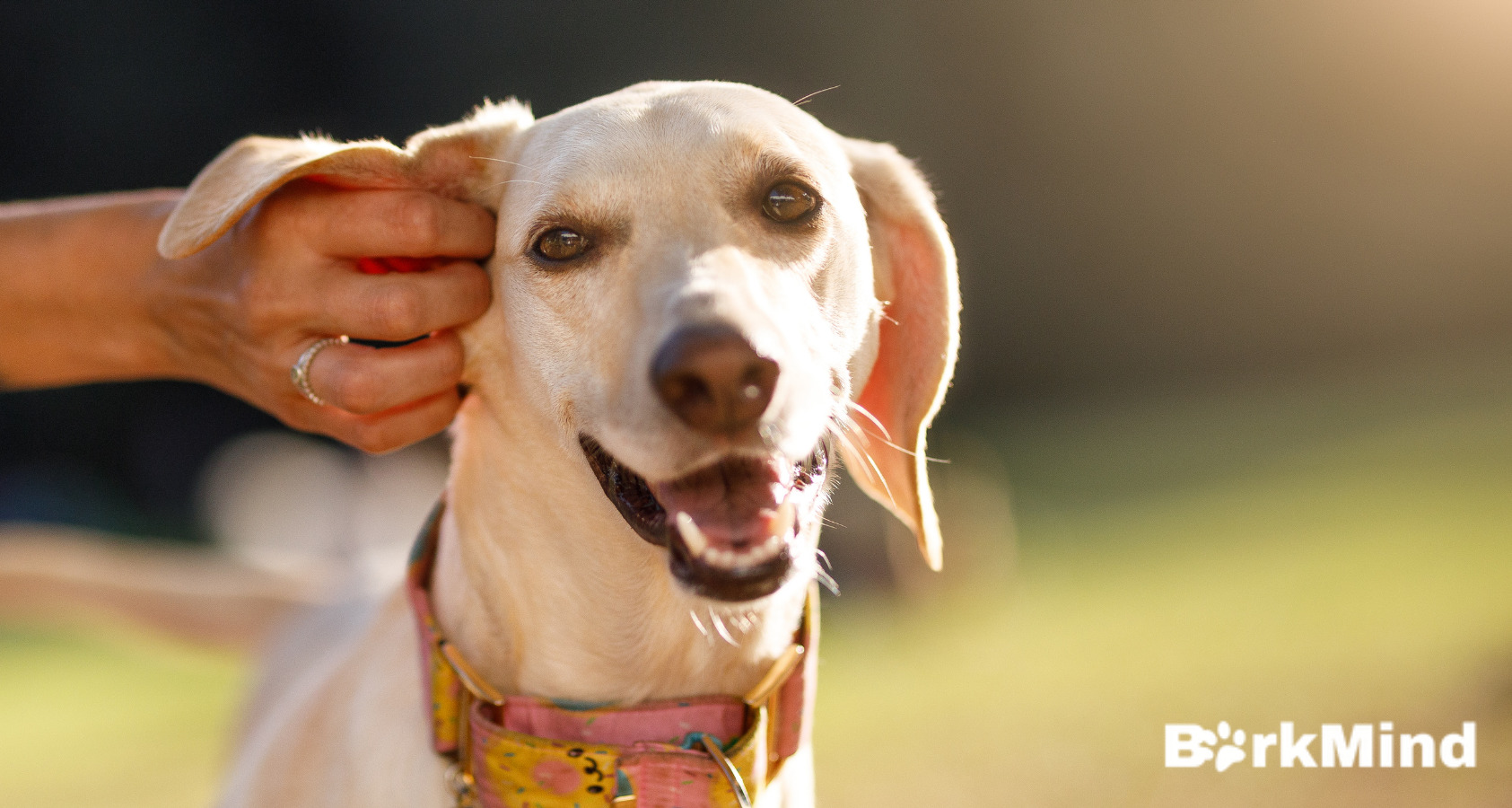

What causes dirty, stinky ears?
Before learning how to clean your dogs’ ears, let’s first talk about what causes dirty and stinky ears. The short answer is that many things can cause dirty and stinky ears in dogs. The most common cause, though, is bacterial infections. Bacterial infections most often come about due to an excess of moisture in a dog’s ear. Excessive moisture can also lead to fungal infections. Fungal infections can often cause a dark brown discharge from your dog’s ear and a pungent odor. Bacterial and fungal infections are primarily why a dog’s ear will smell.
Other causes include excessive wax buildup from a lack of cleaning, injury to the ear canal, and allergies. Keep in mind that excessively cleaning your dog’s ears can be harmful too! Excessive cleaning can lead to irritation and prevent a healthy amount of protective earwax from developing in the ear, which leaves your dog at a greater risk for infection.
Another cause of dirty ears can be ear mites. Though ear mites usually only affect puppies, they can sometimes infest an adult dog’s ears. Ear mites look very similar to any other black or brown buildup in your dog’s ear. However, they do have a slightly different texture in which they appear to look like coffee grounds. If you think your adult dog may have ear mites, it is more likely that it has developed a bacterial or yeast infection. However, regardless of the cause, take your dog to the vet if you notice reasons for concern.
Some dogs might simply be unlucky because of genetic conditions or because their breed is more prone to getting ear infections. Some common breeds that are more susceptible to ear infections include:
- Bassett Hounds
- Chinese Shar-Pei
- Labradoodle
- Goldendoodle
- Beagle
- Golden Retriever
These breeds are just a few examples of dogs that might be more prone to ear infections. Notice that none of these dogs have perky ears that stand up. There seems to be a trend that dogs with long hanging ear flaps have a higher chance of getting ear infections. Long hanging ear flaps may cause a decreased airflow in their ears, leading to a greater likelihood of increased moisture in the dog’s ear. As we now know, increased moisture in an environment can lead to problems.
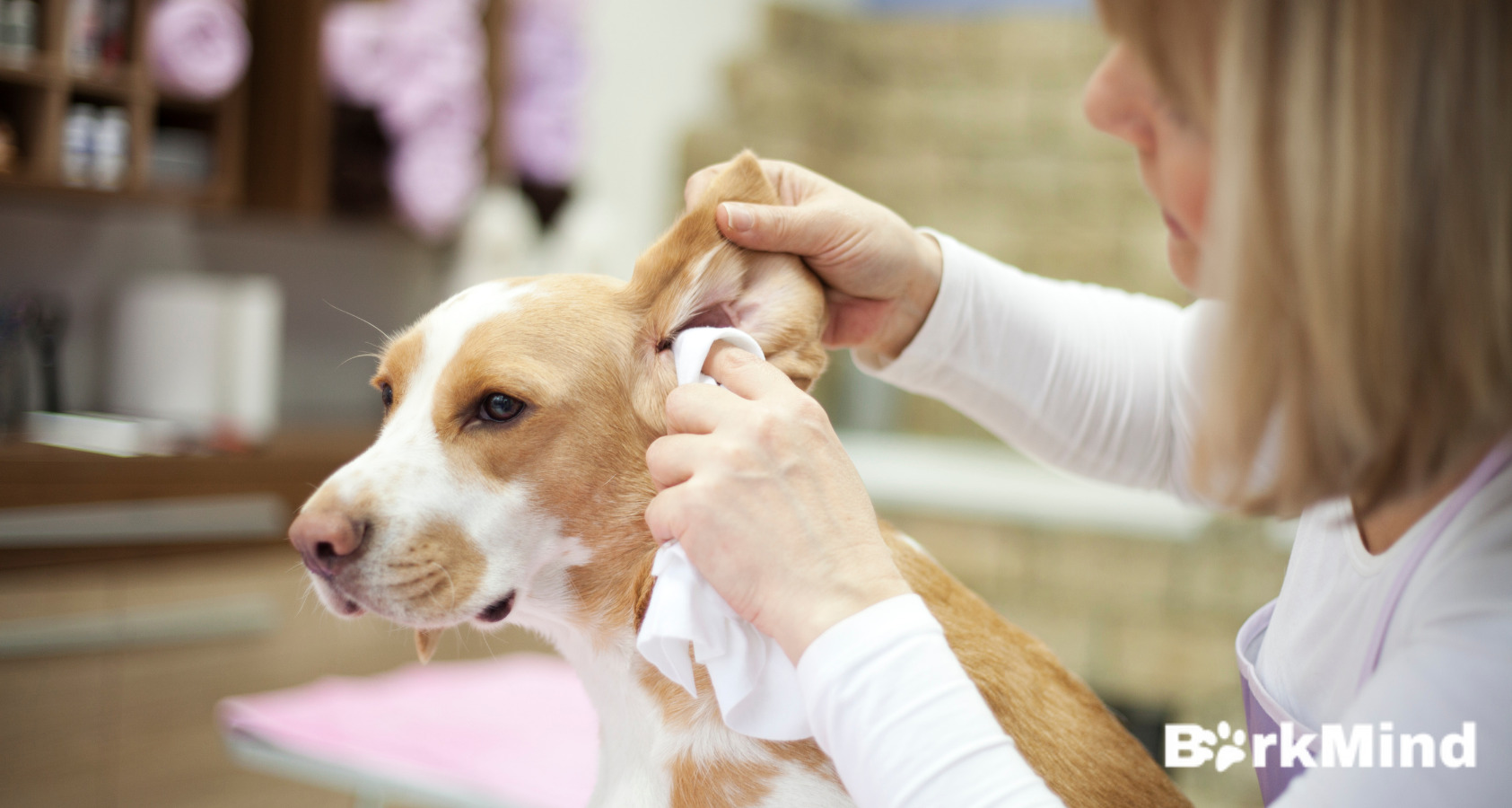

What are the signs of an infection?
There are many signs to look for when keeping an eye out for ear infections in dogs. One of the easiest ways to check is simply getting up close and personal with your pup and smelling (yes, smelling!) and examining its ears. If there is a great deal of buildup, black or dark brown earwax, a foul odor or yeast-like smell, or the ears are red, swollen, or irritated, something is likely amiss, and you should take your dog to the vet.
Another sign to look out for is discharge coming from the ear. Discharge is a definite sign of infection. Another clue our dogs give us is excessive ear scratching or shaking or rubbing their head and ears on the carpet or furniture. You might also notice scabbing around the ear, your dog losing its balance, or your dog crying out in pain when its ears are touched. These are all severe signs of trouble, so you must call your vet right away.
Check out this ear wax color chart! It tells us what the varying colors of ear wax might indicate and if a visit to the vet is recommended based on the color and other factors.
Dog Ear wax color chart and its meaning
| Wax Color | Meaning |
| Black | Black wax most likely indicates a yeast infection Vet visit recommended |
| Dark Brown | Dark brown wax indicates a possibility of infection, especially if also presented with an odor Vet visit recommended |
| Light Brown | A light brown wax indicates the possibility of infection, especially if also presented with odor or inflammation Vet visit recommended |
| Red | Red ear wax typically indicates the presence of blood It may also indicate bug bites, ear mites, or injury Vet visit recommended |
| Green | Green ear wax usually indicates yeast or fungal infection, especially if also combined with an odor Vet visit recommended |
| Yellow | Yellow ear wax is most likely normal and healthy unless in excess A Vet visit is not usually necessary Thorough cleaning of the ears recommended if the ear wax amount is in excess |
When to take your dog to the vet
If you have any reason to believe your dog might have an ear infection, you will need to take it to the vet. Untreated ear infections can lead to chronic otitis, or a long-lasting ear infection, which can cause significant health problems later on. If left untreated, your dog’s ear canal could become narrower, and the eardrum could even rupture.
Other risks include vestibular symptoms like a head tilt and lack of coordination, facial paralysis, and there is a risk that the dog could lose its hearing entirely and become deaf. Ear concerns are one of the main reasons dog owners and their dogs visit the vet. It is far better to go to a vet at the first sign of concern than to wait until more serious and complex to treat problems arise.
Allergies as a cause
Besides bacteria and fungus, allergies are among the most common factors for ear problems for dogs. Allergies usually result in excessive earwax buildup, which then leads to reduced airflow and excessive moisture buildup, which can then, as we know, lead to infections. When dealing with allergies, dogs will often scratch at their ears and rub their heads on the floor incessantly, but this can lead to even more severe problems because of the irritation to their ears that they may be causing.
If your dog seems to get frequent ear infections, it may be a good idea to have allergy testing done by your vet to find out what might be causing them. Your vet will help you develop strategies to avoid particular allergens and may be able to prescribe medication for allergy symptom relief.
Preventing ear infections
Regular inspection of your dogs’ ears is the best way to prevent ear infections. Give your dog some extra ear rubs and check out the insides for smells or excessive wax buildup once a week. Doing so will help you catch any signs early on. Owners of some dog breeds may notice that their dog has a lot of hair inside its ears! Excessive hair growth in the ears is also something that can block airflow and lead to ear infections. Your vet or a professional groomer can trim and pluck said ear hair. If you are comfortable, you can do it yourself as well. So, if you notice changes like wax buildup, lots of hair growth, or the ears just look dirty, it’s time to start cleaning!
Supplies needed to clean your dog’s ears
To clean your dog’s ears, you will want to gather a few key supplies before getting started. First, you’ll need to find a specially formulated dog ear-cleaning solution. Your local pet store should have the appropriate solution for you. You’ll also want to gather some cotton balls to wipe away the dirt buildup and excess wax. Another item you may want to consider having at hand is a towel to clean up any mess the dog might make while shaking its head after cleaning!
Last but not least, you’ll have to get your dog! Ear cleaning is not usually a dog’s favorite activity, so you’ll want to try your best to make it a positive experience for your pup. Talk kindly to them and offer lots of praise and treats during the process!
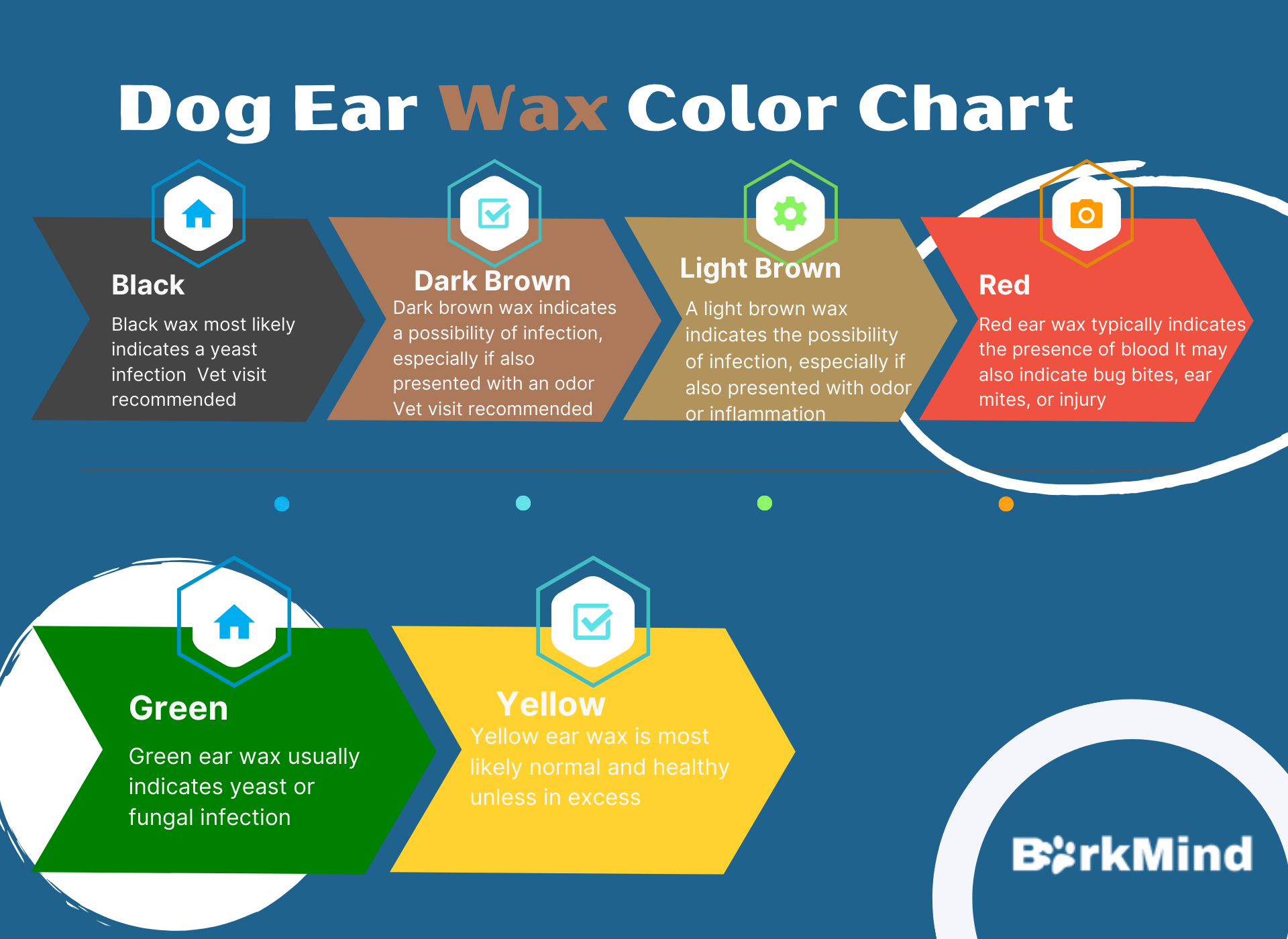

How to clean your dog’s ears
- The first step, of course, is to have your dog by you!
- Begin by tilting your dog’s head down and slightly to the side.
- Then, pour a dog ear-cleaner directly into the ear and fill it up.
- Hold the ear closed against your dog’s head and gently massage the ear. Doing so helps loosen any extra buildup. You should hear a satisfying squishing sound as you are doing this.
- From there, let go of your dog’s ear and stand back! If you have a towel, this would be a good time to lift it in front of your dog to catch and keep any liquid from your dog’s ear away from you, as your dog will probably shake its head.
- Then, take a clean cotton ball and gently wipe away loose dirt and wax buildup. Don’t go deeper in your dog’s ear than your first knuckle. If you find that it’s not getting clean enough, try adding more ear cleaner solution directly to a cotton ball.
That’s all there is to it! Praise your pup for doing a great job!
A few side notes:
- Don’t use cotton tips or Q-tips in your dog’s ears to clean as this can potentially cause damage to your pup’s ear canal or eardrum.
- Don’t use alcohol or witch hazel in your dog’s ears. Only use a designated dog ear-cleaning solution. Other products like alcohol and witch hazel can cause stinging and irritation.
Dog ear hair
Certain breeds like Bichon Frises, Shih Tzus, and Poodles, besides being incredibly cute, all have something else in common: ear hair! When this hair growing inside their ears gets too long or thick, it can lead to ear infections. While not all dogs have this excessive growth, it is important to trim and pluck the ear hair out for those who do. That’s right; ear hair isn’t just for grandpa!
Ear plucking and cleaning is a standard service usually included at most grooming salons, but you can do it yourself! You’ll just need a dog-safe ear removal power and some dog-safe ear cleaner! Ear removal powder is a special powder that makes the hair easier to grip and less slippery to pluck it out with your fingers. This powder makes it significantly less uncomfortable for your dog and much easier for you.
All you have to do is deposit a fair amount of powder onto the hair in the ear you want to remove. Gentle massage your dog’s ear so that the powder gets evenly distributed. Take your fingers and firmly grip a small amount of hair. Quickly and gently pluck the hair out of the ear. It should be a quick pluck and not a hard, steady pull or a hard jerk. If it isn’t coming out easily, you may need to add more powder or grab less hair.
After plucking the hair, use the ear cleaner as you usually would by pouring some into the dog’s ear and massaging it in. Then take a cotton ball, wipe the dog’s ears out, and ensure no powder remains.
That’s it! Five minutes and you are all set!
Conclusion – Dog Ear Wax Color Chart
Now that you know more about your dogs’ ears and the problems they can encounter, you’ll understand the importance of regularly inspecting their ears. A simple task that only takes a few minutes can help you keep your pup happy and healthy. And keeping your dog’s ears clean will help ensure that Charlie hears you correctly! No excuses for why he is not listening!
About The Author
I'm a content writer and researcher. But bottom line, I loveee animals. I had my first animal which was a guinea pig at age 8. Later had a bunny, dog and a lot, a lot of fish. Writing about what I know about pets will allow me to share my knowledge and love for them with everyone else. Dealing with dogs my entire life, I know a lot.
PetFriendly Monthly Pet Care Box
Get 50% off + FREE Shipping on your first box!

